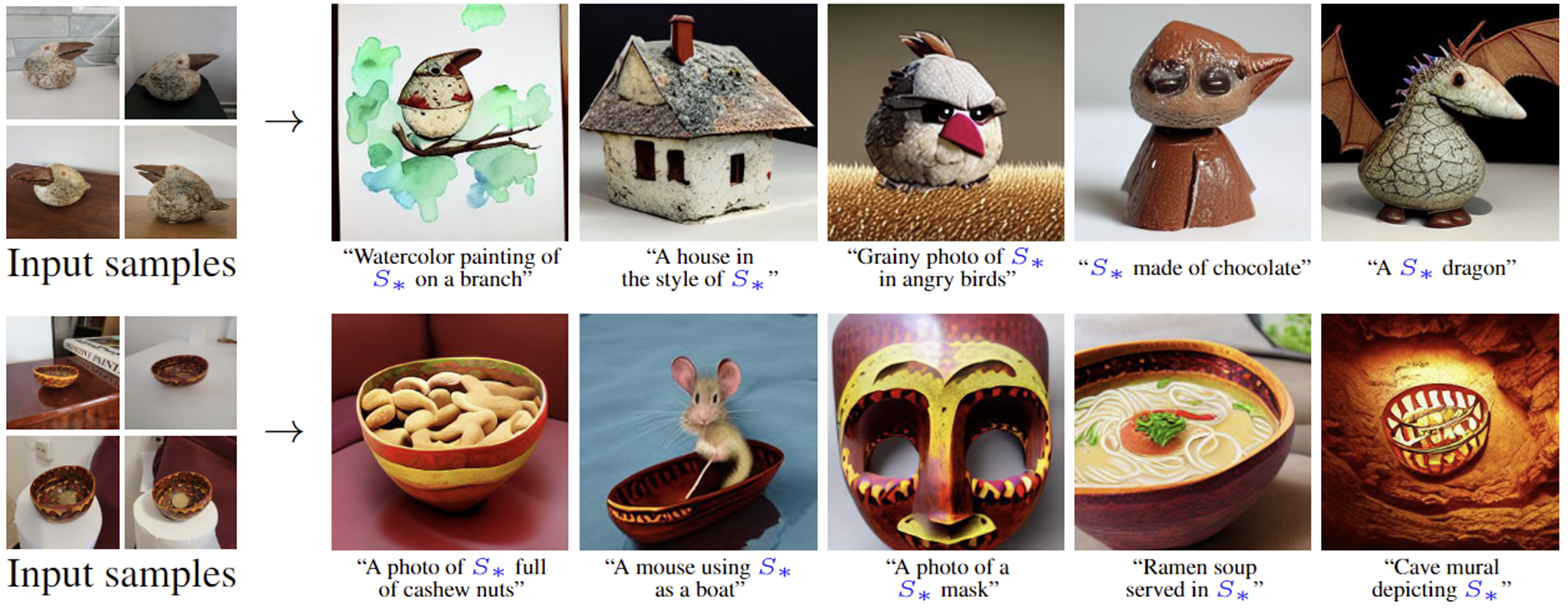Discover the Magic of Pete Bread: A Culinary Journey into the World of Artisan Flatbreads
Guide or Summary:The Origins of Pete BreadCultural SignificanceIngredients NeededStep-by-Step RecipeWraps and SandwichesDips and SpreadsAs a Side Dish#### I……
Guide or Summary:
- The Origins of Pete Bread
- Cultural Significance
- Ingredients Needed
- Step-by-Step Recipe
- Wraps and Sandwiches
- Dips and Spreads
- As a Side Dish
#### Introduction to Pete Bread
Pete Bread, also known as "Pita Bread," is a beloved staple in many cuisines around the world. This versatile flatbread is not only delicious but also incredibly easy to make. Whether you're using it for wraps, dips, or as a side for your favorite dishes, Pete Bread offers a delightful texture and flavor that complements a wide variety of meals.
#### The History of Pete Bread
The Origins of Pete Bread
The history of Pete Bread dates back thousands of years, with roots in the Middle Eastern and Mediterranean regions. It is believed to have been one of the first types of bread ever made, with some evidence suggesting that it was baked by ancient Egyptians. Over the centuries, various cultures have adopted and adapted Pete Bread, leading to the diverse range of recipes and styles we see today.
Cultural Significance
In many cultures, Pete Bread is more than just a food item; it is a symbol of hospitality and community. It is often served during family gatherings and celebrations, bringing people together over shared meals. In Middle Eastern cuisine, for example, it is commonly used to scoop up dips like hummus and baba ganoush, making it an essential part of the dining experience.
#### Making Pete Bread at Home

Ingredients Needed
To make authentic Pete Bread at home, you will need a few simple ingredients: flour, water, yeast, salt, and a bit of olive oil. The beauty of this recipe lies in its simplicity, allowing anyone to create delicious flatbreads without needing specialized skills or equipment.
Step-by-Step Recipe
1. **Mix the Ingredients**: In a large bowl, combine flour, yeast, and salt. Gradually add warm water and olive oil, mixing until a dough forms.
2. **Knead the Dough**: Transfer the dough to a floured surface and knead for about 10 minutes until smooth and elastic.
3. **Let it Rise**: Place the dough in a greased bowl, cover it with a damp cloth, and let it rise in a warm place for about an hour or until it doubles in size.
4. **Shape the Bread**: Once risen, punch down the dough and divide it into equal portions. Roll each portion into a ball and then flatten it into a disc.

5. **Cook the Bread**: Preheat a skillet or oven to high heat. Cook each disc for about 1-2 minutes on each side until puffed and lightly browned.
6. **Enjoy**: Serve warm with your favorite dips, or use it as a wrap for sandwiches.
#### Creative Ways to Use Pete Bread
Wraps and Sandwiches
Pete Bread is perfect for creating wraps and sandwiches. Fill it with grilled vegetables, meats, or falafel for a delicious meal on the go. The pocket created by the bread makes it easy to hold all your favorite fillings.
Dips and Spreads
Another fantastic way to enjoy Pete Bread is by pairing it with dips and spreads. Whether it's a classic hummus, tzatziki, or a spicy harissa, the soft texture of the bread makes it ideal for scooping.

As a Side Dish
Pete Bread can also be served as a side dish alongside soups and salads. Its mild flavor complements a variety of dishes, making it a versatile addition to any meal.
#### Conclusion
In conclusion, Pete Bread is more than just a flatbread; it is a culinary tradition that has stood the test of time. Its rich history, cultural significance, and versatility in the kitchen make it a must-try for anyone looking to explore new flavors and dishes. Whether you decide to make it at home or enjoy it at a restaurant, Pete Bread is sure to enhance your dining experience. So gather your ingredients, roll up your sleeves, and embark on a delicious journey with Pete Bread!